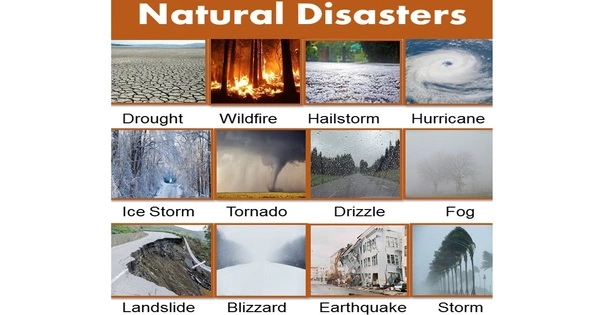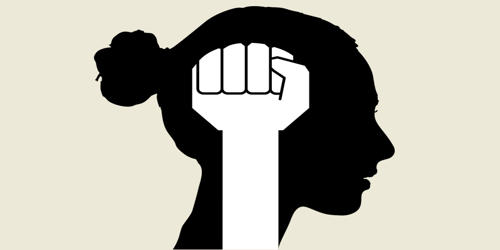A natural disaster is defined as “the negative impact following an actual occurrence of a natural hazard that significantly harms a community.” A natural disaster can result in loss of life or property damage, as well as economic damage. The severity of the damage is determined by the resilience of the affected population as well as the available infrastructure. Avalanche, coastal flooding, cold wave, drought, earthquake, hail, heat wave, hurricane (tropical cyclone), ice storm, landslide, lightning, riverine flooding, strong wind, tornado, tsunami, volcanic activity, wildfire, and winter weather are examples of natural hazards.
According to the Grolier Encyclopaedia, a disaster is a “sudden, extremely unfortunate event that affects a large number of people.” There are two types of disasters. The first category includes natural disasters such as earthquakes, floods, and tsunamis. The second type is man-made, which occurs when man interacts with nature with disastrous results. For the purposes of this essay, I will focus on the first type and investigate the what, where, when, and why of the subject as well as who is affected by it.
Natural disasters can take the form of earthquakes, floods, landslides, volcanic explosions, hurricanes, and other events. They are the unbridled forces of mother nature. The landscape has suffered extensive destruction and damage. Misery is brought down on the people who become injured or lose their loved ones.
Earthquakes are caused by the underground movement of tectonic plates. They are measured using a scale known as the Richter Scale. Tremors usually precede a major earthquake and are cause for concern. A 9.0 magnitude earthquake struck off the Indonesian island of Sumatra in December 2004, triggering a tsunami that killed tens of thousands in Indian Ocean coastal communities. More recently, the Great East Japan Earthquake in 2011 triggered powerful tsunami waves, resulting in 15,883 deaths, 6,149 injuries, and 2,652 people missing across twenty prefectures, as well as 129,225 buildings completely collapsed, 254,204 buildings half collapsed, and another 691,766 buildings partially damaged, making it the toughest and most difficult crisis for Japan since World War II’s end.
Meanwhile, governments face a more difficult task in convincing people who live in the path of volcanic and hurricane activity to take precautions or relocate. The land around volcanoes is prized for its volcanic deposits, which are known to produce fertile agricultural lands. Hurricanes in the United States can wreak havoc on farmland that has been farmed for centuries. America and Hong Kong have warning systems for destructive winds, as well as shelters for people whose homes are in their path. However, in the case of a poor country like Indonesia, the government’s capacity for prevention and education is limited. The poor Javanese who cultivate the fertile soils surrounding volcanoes entrust their fates to the gods.
Man is sometimes to blame for disasters. Floods and landslides may be caused by man’s abuse of the environment. These are known as man-made disasters. Many natural disasters, such as earthquakes, are simply the result of blind natural forces. To take a philosophical stance, consider the fact that we live in a world in which man cannot claim total dominion over nature. Winds, rain, and seismic forces are beyond his control. Man-made disasters, such as the Chornobyl nuclear leak in Russia, may prompt the implementation of preventive measures, but natural disasters are frequently subject to nature’s destructive whims.
There will always be good people, charitable organizations, and governments who will help in relief efforts in the wake of disasters. Medicine, temporary housing, and funds will be offered. The light of man’s humanity shines out in these cases. Nature wills, but men can try their best to prevent and alleviate the suffering.
Natural disasters can be exacerbated by poor building standards, marginalization of people, inequities, resource overexploitation, extreme urban sprawl, and climate change. The rapid growth of the world’s population, as well as its increased concentration in hazardous areas, has increased the frequency and severity of disasters. Non-engineered construction makes disaster-prone areas more vulnerable due to the tropical climate and unstable landforms, as well as deforestation and unplanned growth proliferation. Natural disasters strike developing countries on a more or less regular basis, owing to ineffective communication and insufficient budgetary allocation for disaster prevention and management.
















